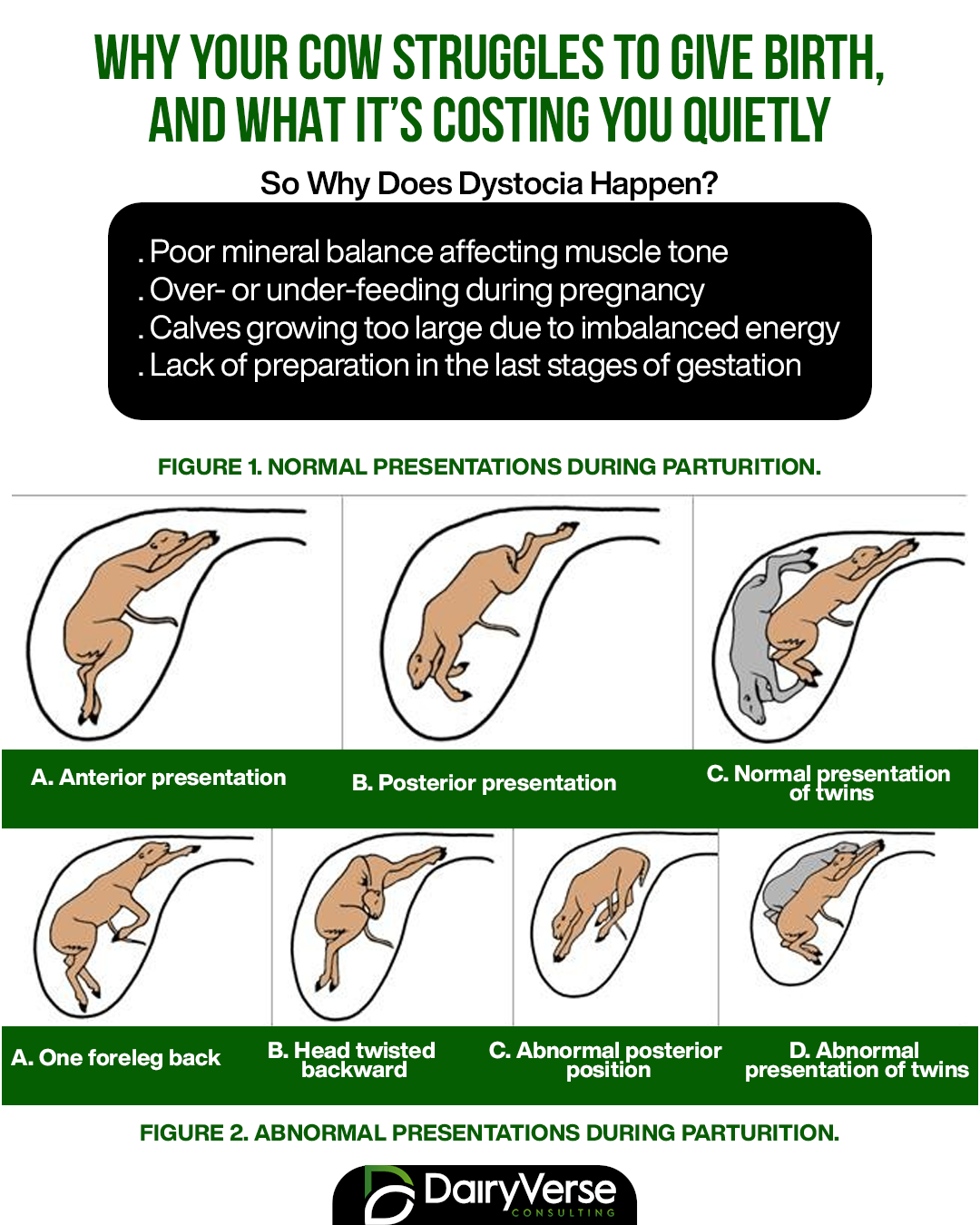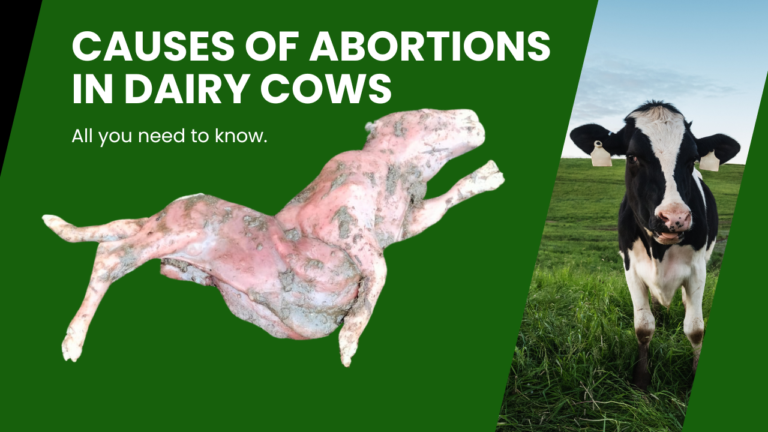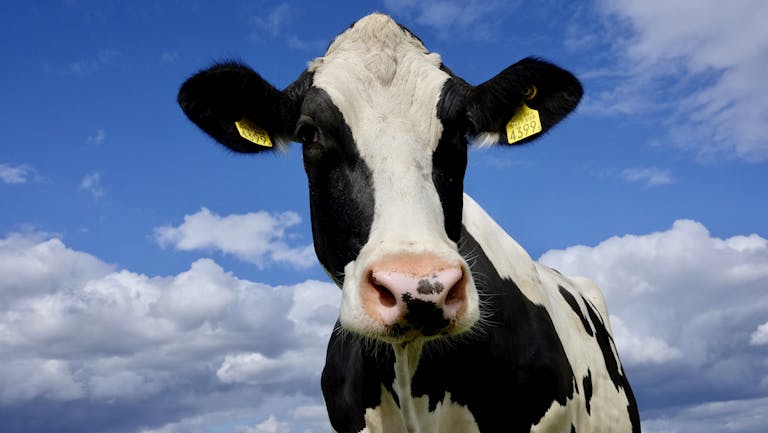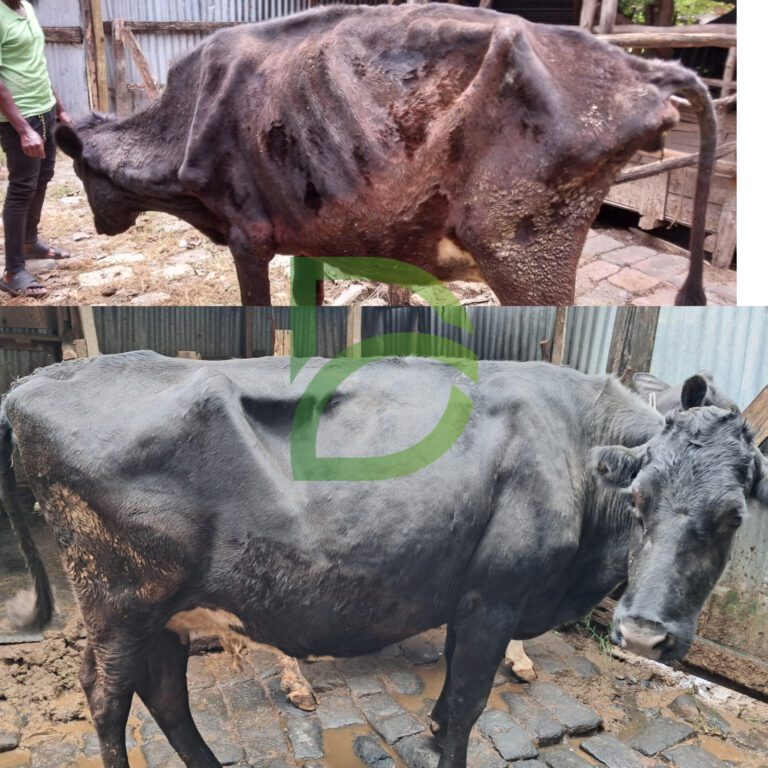Understanding Dystocia in Dairy Cows
Calving is one of the most anticipated and rewarding moments in dairy farming. It represents growth, continuity, and the promise of better yields—more calves, more milk, more income. But for many farmers, this moment of joy can quickly turn into a nightmare when a cow struggles to deliver. This condition is known as dystocia, or difficult calving.
Dystocia is more than just a medical complication. It’s a silent disruptor of productivity and a hidden cause of recurring financial losses on many African farms.
What is Dystocia?
Dystocia refers to prolonged or difficult labor, where a cow is unable to deliver a calf without assistance. In some cases, veterinary intervention is required; in others, the cow or calf—or both—may not survive.
While many see it as bad luck or just a rare occurrence, the reality is that dystocia is a common and preventable challenge, especially when nutrition and body condition are not properly managed.
What Causes Dystocia?
Dystocia can result from several interlinked factors:
- Poor mineral balance, especially calcium and phosphorus, which weakens muscle function during labor
- Oversized calves, often due to high-energy feeding without proper formulation
- Weak or under-conditioned cows, lacking the strength to push effectively
- Improper body condition during late pregnancy, leading to either fat-induced complications or malnourishment
- Breed mismatch, especially in heifers served with large bulls
These issues often go unnoticed until it’s too late. When a cow goes into labor unprepared, the risks rise dramatically—not just for her, but for your entire farm plan.
The Hidden Costs of Dystocia
When a cow experiences dystocia, the losses are not just physical—they’re economic:
- Lost calves = lost genetic potential and future income
- Reduced milk yield due to stress and trauma
- Increased vet bills for assisted delivery and post-natal care
- Delayed rebreeding as the cow takes longer to recover
- Higher culling rates, reducing herd longevity
Many farmers may not track these losses directly, but over time, they accumulate—making the business feel harder and less profitable without clear reasons.
How Dairyverse Supports Healthier Calving
At Dairyverse, we don’t just sell solutions—we study problems.
After extensive work with farmers across Africa and deep scientific inquiry into local livestock challenges, our team developed RestoreX®. It is designed to support:
- Proper mineral nutrition throughout gestation
- Muscle tone and uterine health for smoother calving
- Balanced energy management to avoid oversized calves
- Overall reproductive readiness, reducing complications at birth
RestoreX® isn’t a quick fix—it’s part of a larger vision to build resilient, productive livestock systems that thrive under African conditions.
Conclusion: Prevention is Better than Emergency
If your cows are struggling with calving, it’s not just about calling the vet in time, it’s about preparing them months before they give birth.
Dystocia doesn’t have to be a normal part of dairy farming. With the right understanding, consistent nutrition, and scientifically informed support, it can be greatly reduced.
At Dairyverse, we’re here to walk that journey with you—one healthy calving at a time.







